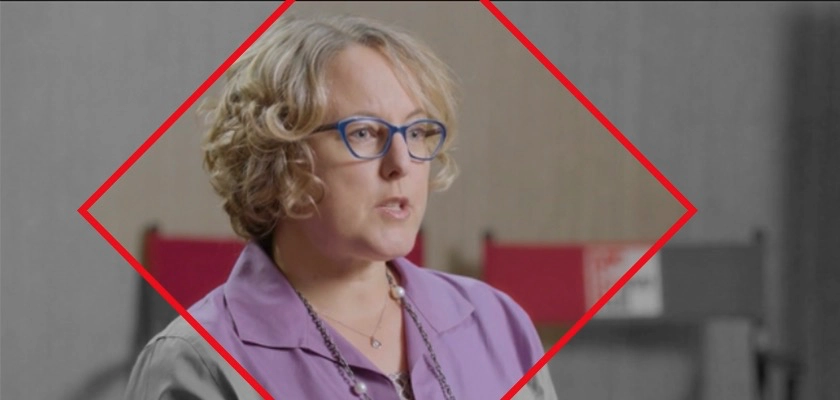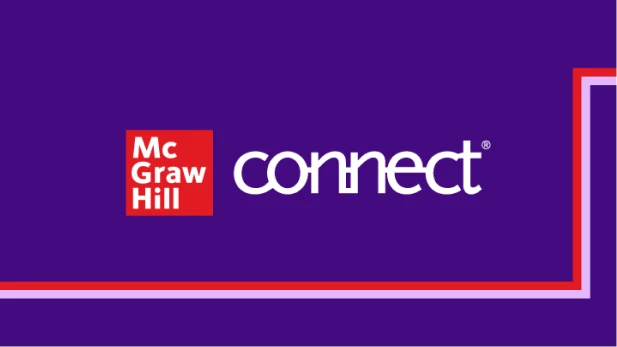Learning Real Skills in a Virtual Classroom
Does online learning work? Do virtual classrooms really help students develop critical-thinking and problem-solving skills?

Approximately ten years ago, when I first started teaching hybrid and online courses, many of my colleagues were quite skeptical of these mediums of delivery. Fast forward to 2018, hybrid and online courses have become an expectation of many of our traditional students, and a necessity for a significant population of our continuous, adult learners. Though some of the online skepticism in the academic community has softened through the years, I still hear concerns about our ability to teach critical thinking and problem-solving skills in a virtual environment.
Let’s first look at the current reality. Online education is here and it does not seem to be going anywhere. The Digital Learning Compass, which tracks distance education enrollment reported by public, nonprofit and for-profit institutions, found that from fall 2012 to fall 2015 distance education enrollments rose 11%. This growth came during the same time that overall campus enrollments dropped 3.2%. Interestingly, private nonprofit and public institutions saw a jump of 40% and 13.4% respectively in online enrollments during this time period. 1
So the question is how do we reconcile faculty’s outstanding concerns of our ability to teach important, career-based skills such as critical-thinking and problem-solving in an environment that is becoming increasingly virtual-based? My distance-learning teaching philosophy has been informed by a study published by D.R. Garrison, Terry Anderson and Walter Archer titled Critical Inquiry in a Text-Based Environment: Computer Conferencing in Higher Education. The study boils down an important pillar of success in higher education to a simple term – cognitive presence. Cognitive presence is the extent to which the participants in any particular configuration of a community of inquiry are able to construct meaning through sustained communication. Whether or not we are looking to inspire cognitive presence in a face-to-face or online environment, the process is the same. We start with a triggering event, proceed to exploration and integration, and conclude with resolution. 2
As an implementation example, I’ll explain how I utilize these steps in my hybrid and online classrooms using Manager Hot Seats on the Connect platform:
Triggering Event – "The Hook"
A triggering event includes an issue, dilemma, or problem that emerges from experience and is recognized. The Manager Hot Seat video clips often include controversial, yet frequently occurring issues in today’s workplace. These issues often lead students to recognize an intriguing problem and have a sense of puzzlement. I assign these video clips to my online students and then put them in small groups of 3- 4, asking them to each individually watch the video.
Exploration – “What’s Happening Here?”
In the exploration stage, students need to grasp the nature of the problem so that they can move to a fuller exploration of relevant information. I provide students with reflection questions on what just happened in the video, nudging them as necessary, so that they are grasping the nature of the problem (i.e. how the manager handled the situation) in a critical fashion. Students complete these questions individually and then share their responses with the members of their group. The group will then compare and contrast approaches in identifying the problem, hopefully leading to an ideal and unified approach. Sometimes this leads to functional conflict, but that’s not a bad thing! All the while, I moderate in the background and get involved in group discussion threads as necessary.
Integration – “Synthesis”
Integration involves assessing the applicability of ideas in terms of how well they connect and describing the issue or event that’s under consideration. The point here is for students to apply theories from class, as well as connect their own ideas, in order to solve the problem. What I do in this stage is to provide groups with more action-oriented questions. For example, I ask the groups to put themselves in the shoes of the manager in the video and decide what alternative course of action they would have taken, and what outcome they expect from this. We’re moving up Bloom’s Taxonomy here!
Resolution – “Production”
The final stage of resolution involves consensus building within the community of inquiry as students acquire useful knowledge. This is where I want them actually producing something that can be shared with other groups. For example, if the video is based on a manager’s poor handling of diversity-related issues, I ask the students to produce a simple diversity plan for the organization. This would most likely require them to review what they believe an ideal response for a manager would have been and incorporating that into the final document.
The key during the abovementioned process is for the faculty member to be a coach and mentor, balancing the need to intervene in the discussion thread with the need for students to think critically on their own. I usually jump in only if I feel the group is being led astray. This is just one example of a practice I utilize in my hybrid and online classes. Keep in mind that a Manager Hot Seat can be substituted for a variety of other engaging student activities, such as a self-assessment or case. Keep in mind, the most important aspect of incorporating cognitive presence into the online or hybrid class is that you need a hook to engage students and an issue that needs to be viewed with a critical lens.
And yes, times may be changing and more and more classrooms are being moved into online and hybrid environments. However, our responsibility in developing career-ready students has not changed. All it takes is some critical thinking on our part to solve the “problem” of students not always sitting in front of us, and with each other, in the classroom. That skillset sounds familiar, doesn’t it?
References
1 Dimeo, Jean. Counting Online Students. Inside Higher Ed. April 12, 2017. https://www.insidehighered.com/digital-learning/article/2017/04/12/report-documents-3- year-change-online-enrollments.
2 Garrison, D. R., Anderson, T., & Archer, W. (2000). Critical inquiry in a text-based environment: Computer conferencing in higher education model. The Internet and Higher Education, 2, 87-105. https://www.semanticscholar.org/paper/Critical-Inquiry-in-a-Text- Based-Environment-Compu-Garrison- Anderson/09991899ddc3fed0421afafc0fa63b46cbe3e4ed


